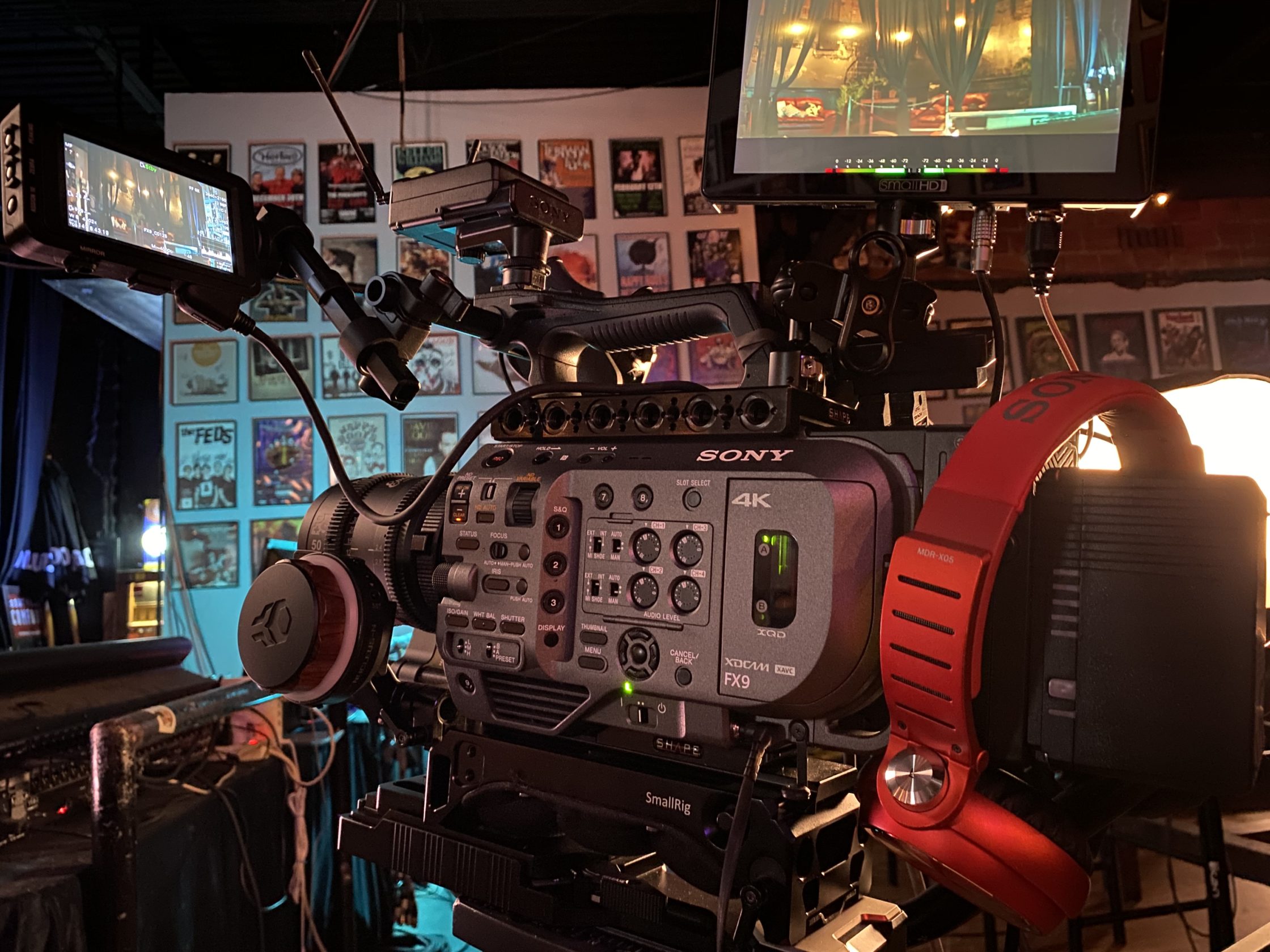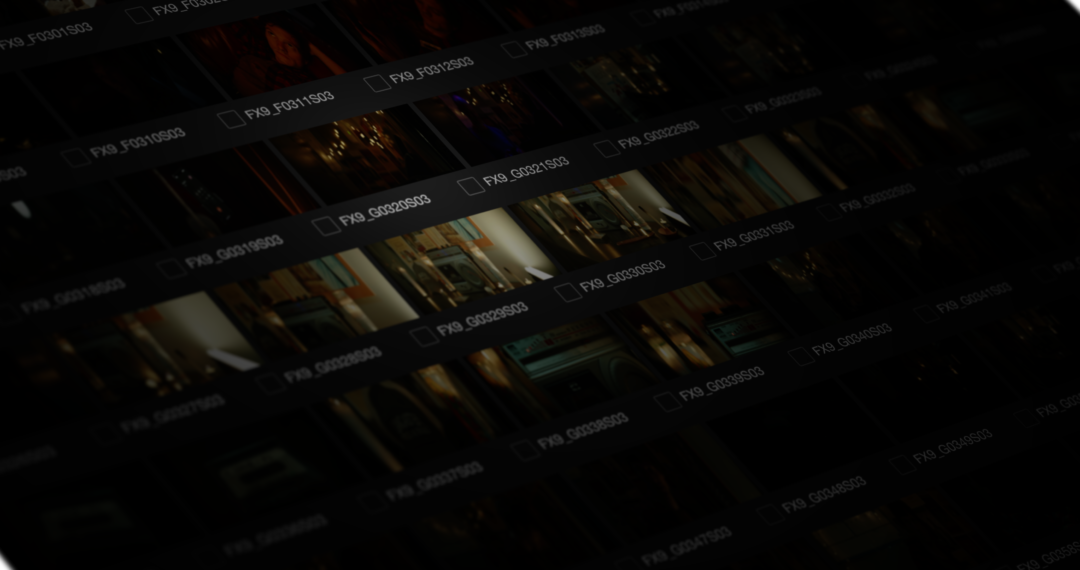Updated: 2022-05-31
Firmware 3.0 is out with no updates to the firmware roadmap. Most of the requests are the same.
After living and working with my FX9 since 2019 here are some of the features I hope make it on the firmware roadmap.
XAVC Class480 Higher Quality Recording Format
Doing tests recording externally to a Shogun 7 I have been fascinated by the quality that is possible with the FX9. These images came from recording ProRes HQ externally and XAVC I internally and seeing where the internal codec breaks.
The FX9 (like the FS7 before it) record in XAVC I Class300 which works out to about 10Mbps/frame/second so 30fps is 300 Mbps which is where the name comes from. The Sony Venice and F5/F55 also have an XAVC Class480 which is 16Mbps/frame/second so 30fps is 480. For 24fps it is 240Mbps and 384Mbps. To think about how Class480 would benefit the FX9 I brought the ProRes HQ recordings into Catalyst Browse and made Class480 XAVC files from the ProRes HQ master to compare.
Below is a common example of where the internal Class300 codec can’t keep up with the FX9. When I shoot I love to preserve some of the texture of the sensor. I recently finished a movie that was all shot 6K with noise suppression turned off and it has a wonderful grain throughout the whole movie. If most of the image is bright the codec is never a problem but if you have a large dark area you can start to see compression artifacts instead of the random noise. The dusk sky is an easy example because it isn’t just dark but it is a deep blue.
Images are recorded S-Log3/S-Gamut3 in the FX9’s 5K mode with mid noise suppression to help out as much as possible. The camera was set to under expose slightly and then the exposure was corrected in Resolve and exported with an ACES Rec709 ODT.
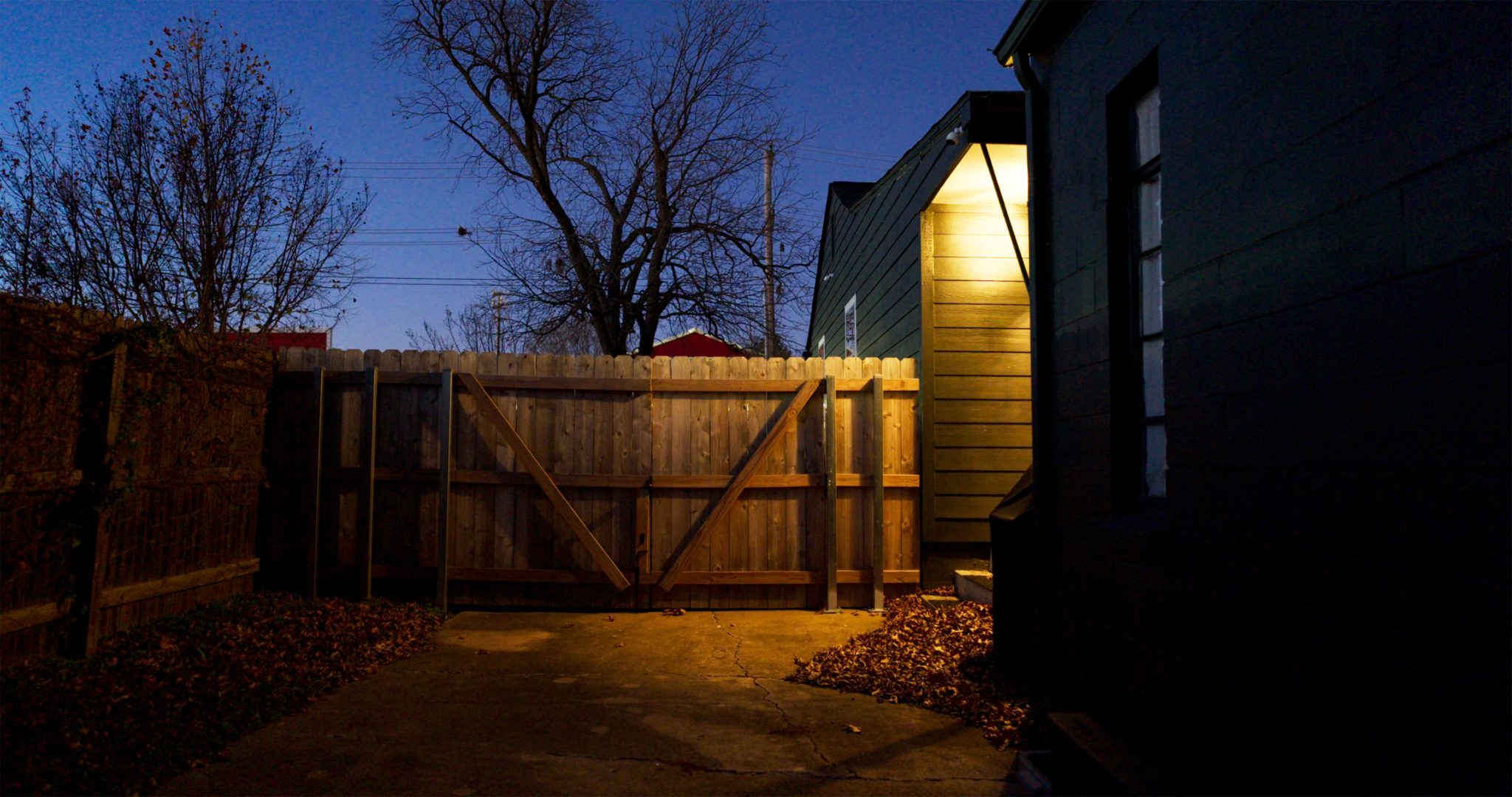
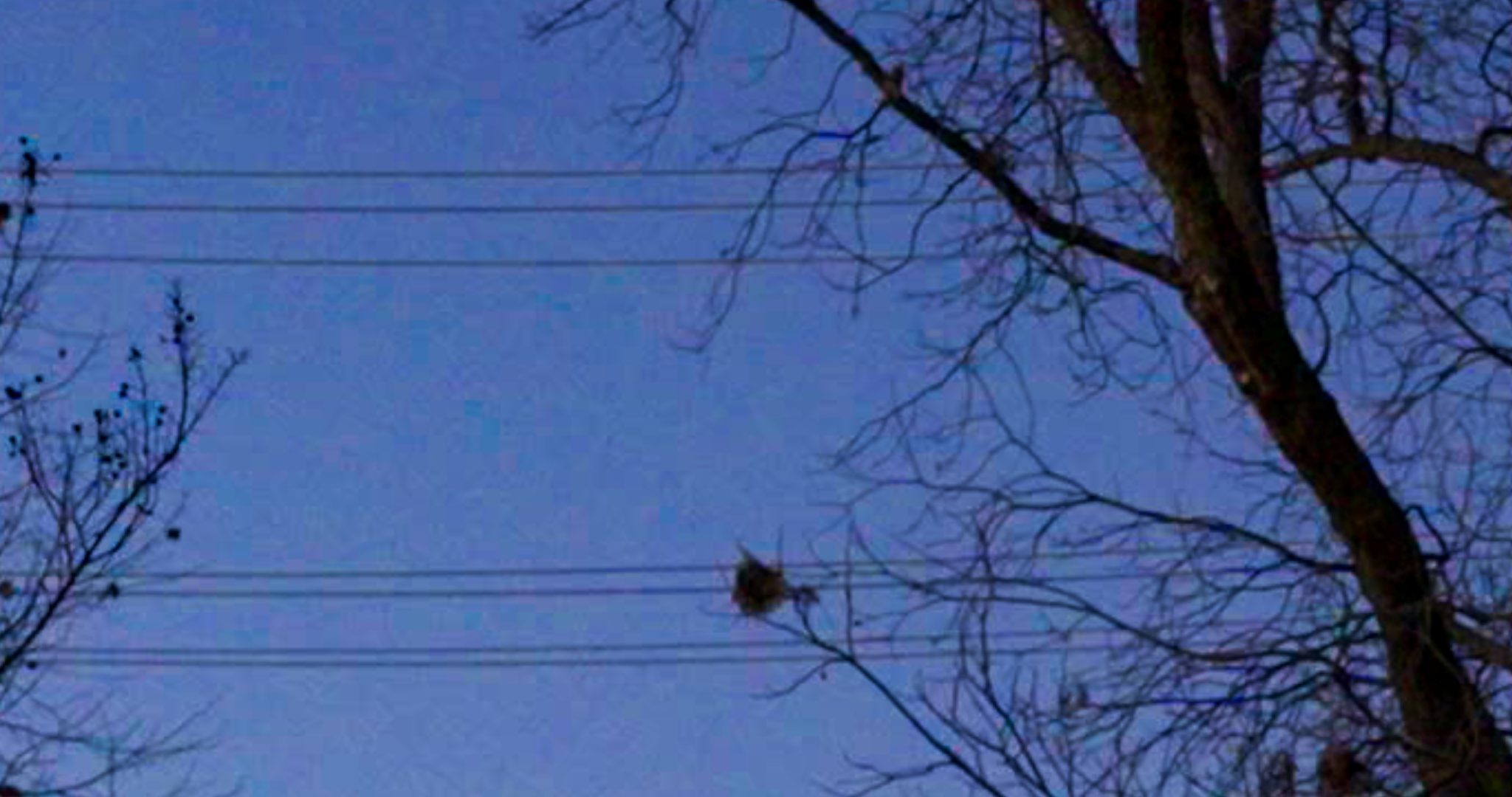
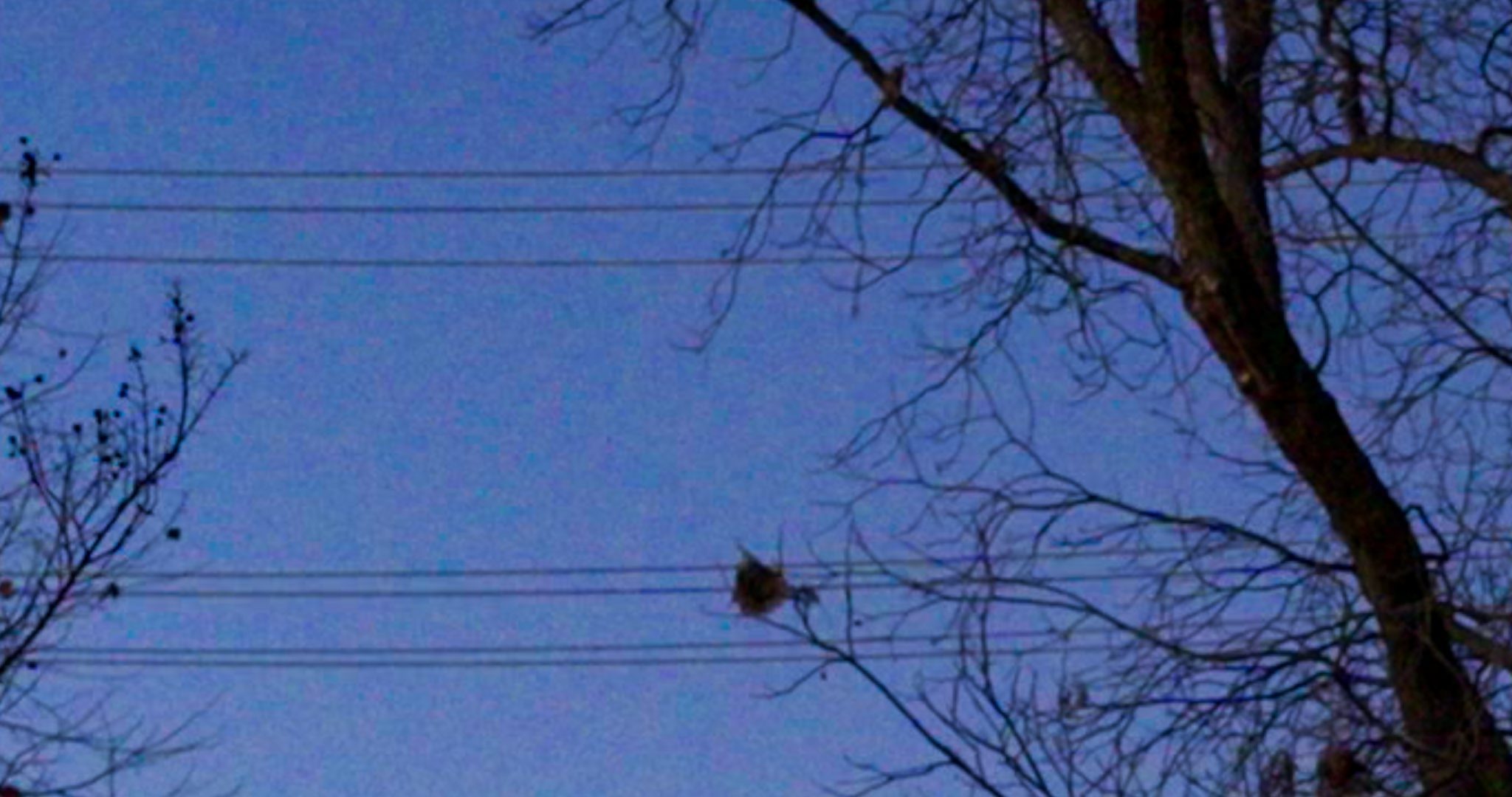
Both of these images are massive crops to make sure it comes across on the web. When played back at 4K the difference is still clear because of the way the sky noise moves. On the Class300 the sky has a regular blocked pattern as you are seeing the compression artifacts of the XAVC codec. On the Class480 it is more random and has the pleasant appearance of film grain. If you want some grain built into the image shooting a stop or two above the base ISOs gives you that. If you don’t want any grain then this also helps since you get more information in post allowing better results using more advanced noise reduction software like Neat or the temporal reduction built into resolve. Either way it is a big win for FX9 quality and really shows what the camera is capable of. I think, and hope, that this is just an option available in the FX9 hardware and Sony can enable it as a possibility.
The only downside is the data rate of the files being higher. Class480 is about 160% the data rate of Class300. In an FX9 a 240 GB XQD card holds 109 minutes of 24fps currently and that would go down to about 68 minutes. Not too bad for a major update that should still be 100% compatible with existing software and be a major jump in quality when needed.
Different Debayer/Scaling Algorithm for 6K to 4K
Alexa 35 came out today and it reminded me of another feature I have wanted. They call them Textures but they are different ways the camera processes the sensor data into a picture. FX9 is a bit harsh on micro details when scaling from 6k or 5k to 4k. I would like a scaling algorithm that favors smoothness over sharpness. Better for faces and more cinematic.
New HEVC Codec for Higher Quality
In 2018 a rumor of major new Sony codec called XEVC made the rounds. In the Sony A7s3 a version of one fo the XEVC formats now called XAVC HS showed up. The latest Sony A1 camera has an unlisted 8K HS format. The first sign that some of these other formats might be coming.
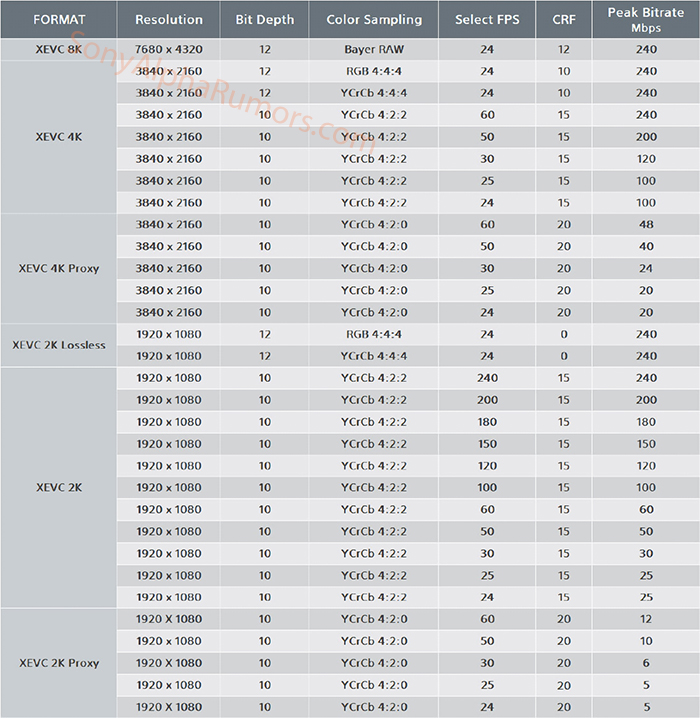
The leaked spreadsheet has a format that is 12bit 4:4:4 and has the same data rate as the Class300 XAVC built into the FX9. This would be a perfect additional codec in the FX9. Higher quality and higher bit depth. Software compatibility would break and older hardware would struggle with this codec but it is for sure a higher quality option for the future.
ADDED: Support for Clipname Metadata over SDI for Frame.io’s C2C
Frame.io’s new C2C (camera to cloud) works now. Looks like an update to the Teradek Cube and maybe also the FX9 to support this.
Autofocus in Slow and Quick
I have never been clear why this is the way it is. On the FX9 (like the FS7) you can shoot 4k/60 and have autofocus but you can’t shoot 4k/24 with slow and quick at 60 and have autofocus. I just shoot 4k/60 and slow down in post when I need autofocus but it can lead to confusion when handing the files off to a post house.
Select which outputs have LUTs
At minimum have 1 SDI that has S-Log3 when the others have a LUT applied. This is how it works with the information display and it would be nice to have 1 output where you could turn it off.
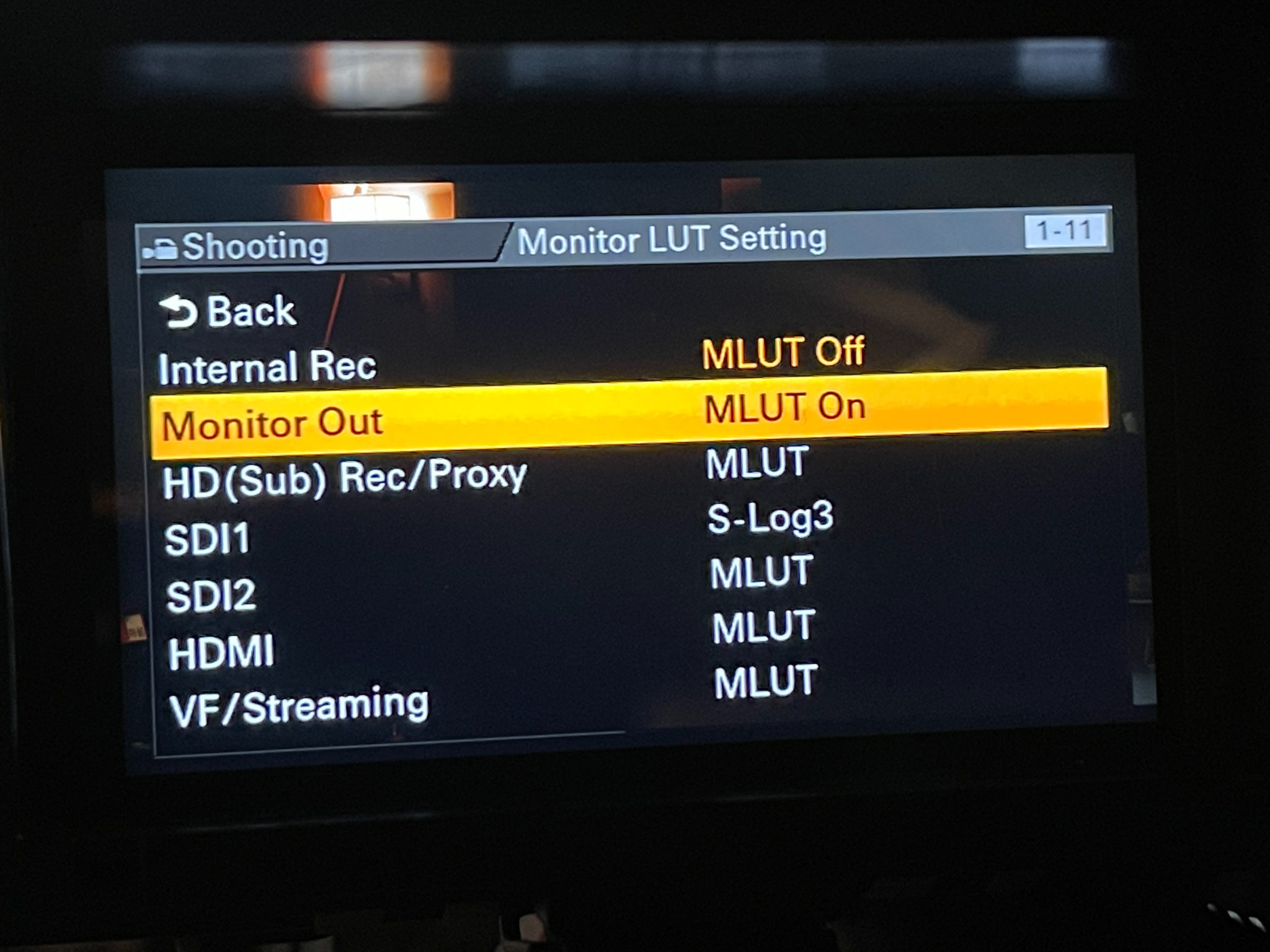
Sometimes the Monitor LUT setting looks like this which makes me think this is something that might happen. I like this for my own monitoring on the camera. I don’t need to see the info on the camera monitor AND my 7″ on top. I just want a clean image but on set other people need to see that for lens information and clip name so I can’t turn off the information display. Give the FX9 an optionally S-Log3 and display free SDI port.
Bigger Cards
Sony is the only major manufacturer of XQD cards. Make some bigger ones or…
Variable High Pass Filter Freqency
Allow custom HPF for wind cut. The default is very high, over 100 Hz, where sometimes building rumble only needs around 50 Hz.
Bug: Fix -40 Reference level
When selecting the audio reference level of -40 there is an unusual electronic noise. -30 and -50 do not have this.
Work with CFExpress Type B
Sony makes CFExpress type B cards that are 512 GB. The form factor and protocol is supposed to be compatible. Nikon updated their cameras to use XQD or CFExpress Type B. Maybe Sony could do this.
Smaller RAW Back
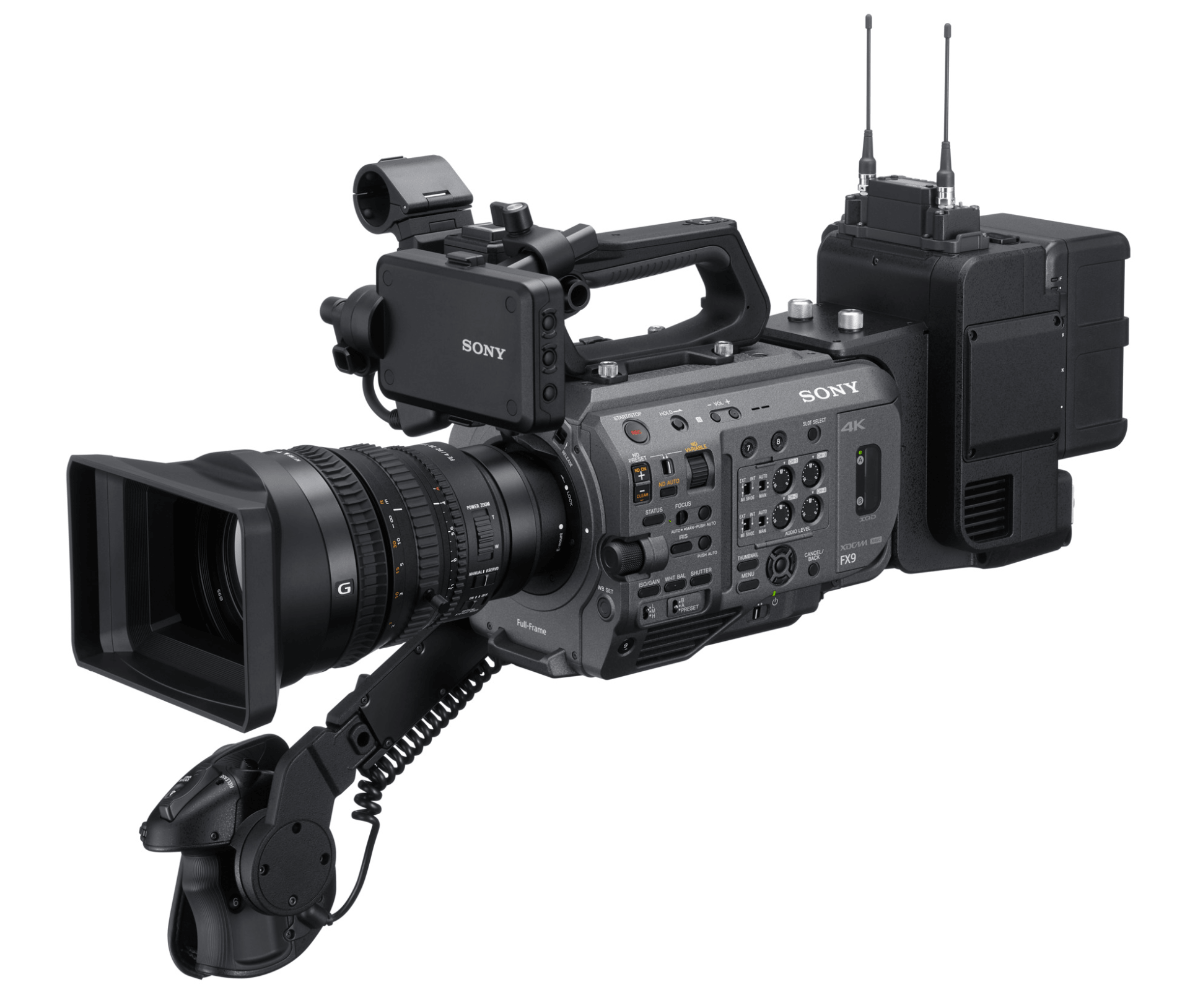
The current raw back XDCA-FX9 is huge and does so much that is targeted at broadcast applications. What I would want in a raw back is
- Output raw
- Use V-Mount battery
- Have some D-Tap outputs
- Be smaller
- Don’t cost $2500
A lot of the 3rd party V-Mount accessories are around $500 and only add V-Mount battery compatibility and a couple D-Taps. Maybe Sony charges $999 up to $1499, makes it way smaller, instant buy.
Canon makes a unit for the C500 Mark II that is $1,599, adds V-Mount and 2 XLR ports with controls along with power out and sync. It doesn’t output raw but C500 Mark II has internal raw. If Sony did something like this with 2 more XLR ports and raw that would also be great and they could be at that $1599 price point.
